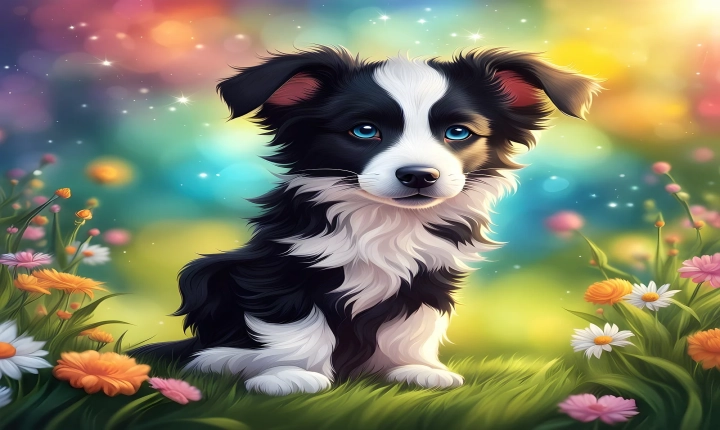Title: How AI Art Can Help Artists Unleash Creativity and Innovation
In recent years, the art world has seen a dramatic shift with the emergence of artificial intelligence (AI) as a creative tool. AI art, also known as generative art or computational art, involves using machine learning algorithms to create unique and innovative artworks. While some may view the rise of AI art as a threat to traditional artistic methods, many artists have embraced this technology as a powerful tool to enhance their creative process and push the boundaries of artistic expression.
AI art can assist artists in a number of ways, offering new perspectives and innovative techniques that can help artists unleash their creativity and explore new artistic possibilities. Here are some of the ways AI art can benefit artists:
Inspiration and Exploration: AI art can provide artists with inspiration by generating new and unexpected visual outcomes. By inputting specific parameters and allowing the AI to generate variations and interpretations, artists can explore a wide range of aesthetic possibilities that may not have occurred to them through traditional methods. This process can spark new ideas and push artists to think outside the box, ultimately inspiring them to create more innovative and original artworks.
Enhanced Collaboration: AI art can facilitate collaboration between artists and machines, leading to the creation of unique and unexpected artworks. By working in tandem with AI algorithms, artists can tap into the computational power of the machine to explore new artistic territories and push the boundaries of their creative practice. This collaboration can lead to the development of new techniques and tools that can greatly enhance the artist’s ability to create compelling and original artworks.
Efficiency and Productivity: AI art can streamline the artistic process by automating certain tasks and providing artists with tools to enhance their productivity. For example, AI algorithms can assist in generating complex patterns, textures, or color combinations at a much faster rate than traditional methods. This can free up time for artists to focus on other aspects of their work, such as concept development, storytelling, or refining their artistic vision.
Exploration of New Mediums: AI art can enable artists to explore new mediums and artistic techniques that may not have been readily accessible before. By leveraging AI algorithms, artists can experiment with new digital tools and workflows, allowing them to create artworks that blend traditional and digital techniques in innovative ways. This can lead to the development of hybrid art forms that bridge the gap between traditional and digital art, ultimately expanding the artistic repertoire of the artist.
Access to New Perspectives: AI art can offer artists access to new perspectives and ways of seeing the world. By utilizing machine learning algorithms to analyze and interpret vast amounts of data, artists can gain insights into patterns, trends, and relationships that may not be immediately apparent to the human eye. This can inform the artist’s creative process and lead to the development of artworks that respond to and reflect the complexities of the contemporary world.
While AI art presents exciting opportunities for artists, it is crucial to acknowledge that it is not a replacement for human creativity and intuition. Instead, AI art should be viewed as a powerful tool that can complement and enhance an artist’s creative practice, offering new avenues for exploration and innovation. By leveraging AI art, artists can expand their artistic horizons, challenge conventional notions of creativity, and contribute to the evolution of the art world.
In conclusion, AI art has the potential to revolutionize the way artists create and innovate, offering invaluable support in generating new ideas, expanding artistic techniques, and fostering collaboration between humans and machines. By embracing AI art as a complementary tool, artists can unlock new creative possibilities and push the boundaries of artistic expression, ultimately contributing to the vibrancy and diversity of the contemporary art scene.
